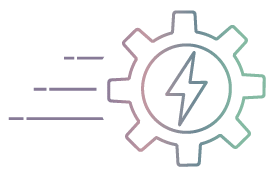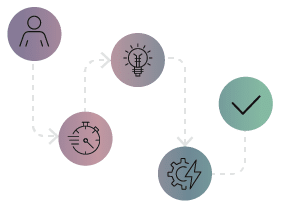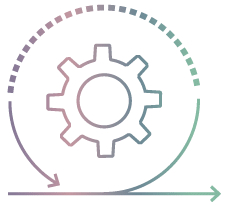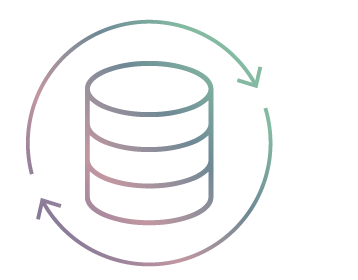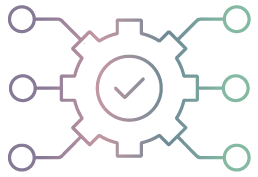
Cost efficiency and ROI
AI-powered business processes improve cost efficiency and ROI. Tasks which previously required human input are managed independently through business automation, mitigating human error and often working at greater pace. Artificial intelligence is the difference-maker here – where traditional automation may have fallen down at decision-points, the greater decision-making capabilities of machine learning keep workflows moving and maintain process uptime.
This improves ROI on multiple fronts: you maximize platform outputs, minimize human input, improve overall productivity, and you may even identify opportunities to reduce technology costs.

